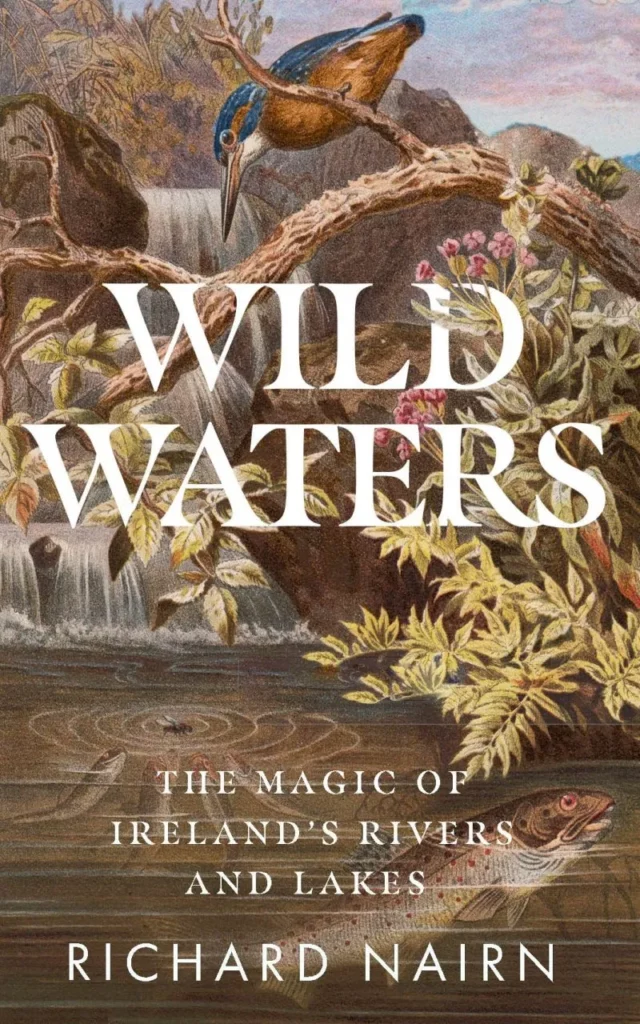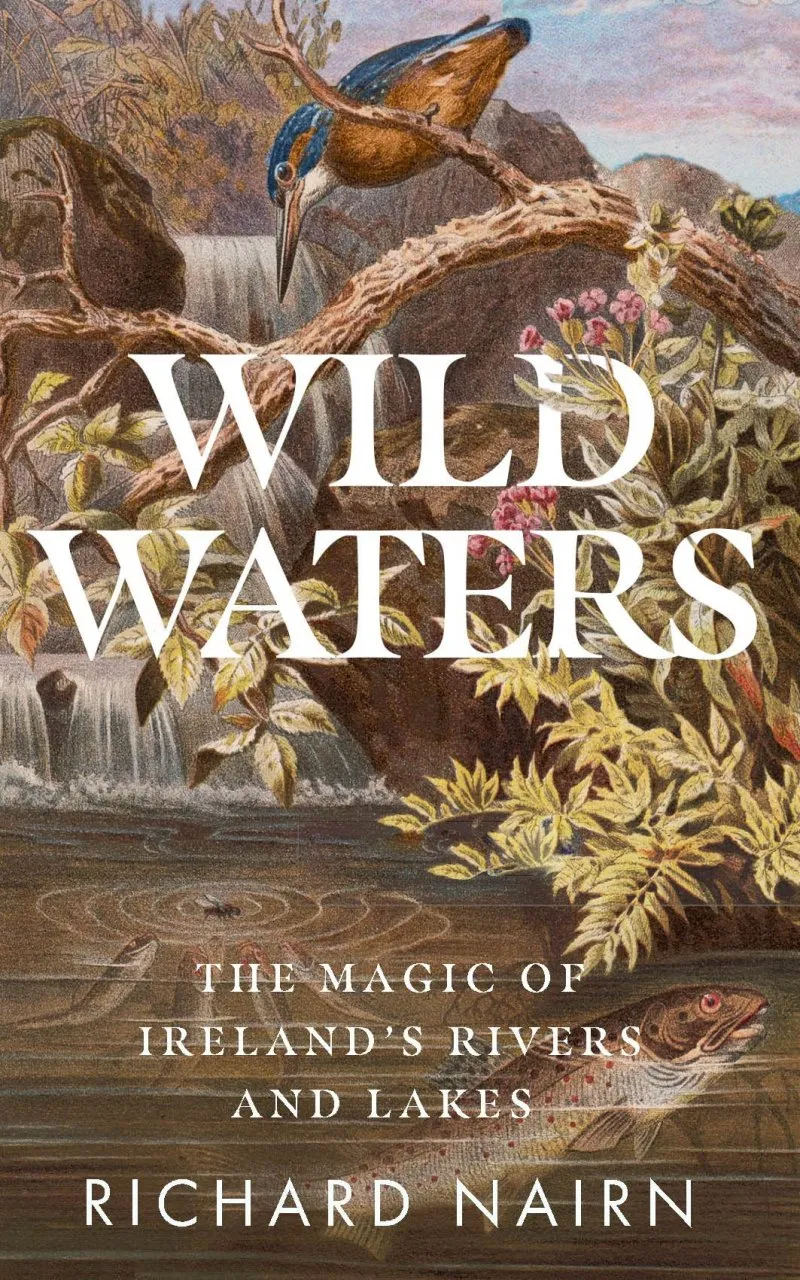Richard Nairn is a veteran of Irish ecology. He has written a slew of books ranging from very local natural histories to regional studies, e.g. on Dublin Bay. His latest trilogy of books takes on broad habitat types in Ireland, starting with the sea and woodlands, and his most recent of these, Wild Waters, looks at our rivers and waterways. Nairn’s long experience brings a gravitas to his work, but this is also a personal journey around the lakes and rivers of Ireland, and particularly the part of Wicklow, in the east of the country, where he has lived in recent years.
We learn much about the Avonmore River (an anglicisation of abhainn mór, literally ‘big river’), which rises in peaty uplands before tumbling through wooded valleys and drifting into the sea at Arklow. The author knows the area intimately and, as we follow its course, we meet some of his friends along the way, poets, local landowners and fellow birdwatchers among them. We learn about the local history, the archaeology, legends and superstitions of yore as well as meeting the animals and plants that have called this place home for many thousands of years (and some more recent arrivals).
We also learn about the mining activities that have poisoned the river, the disappearance of important species such as the Arctic Charr from an upland lake (thought to have been lost owing to acidification from plantation forestry), the wastewater treatment plants and farm run-off that load excessive nutrients into the water. Some of these changes Nairn has seen in his lifetime.
Many Irish rivers take their name from revered deities, the goddess Boen gave her name to the Boyne in Co Meath, or Sionnnan, ‘possessor of wisdom’, that later became the Shannon, the longest of all rivers on these islands. These days, our rivers are less wonders of worship, and more open sewers for the booming dairy industry. Although Ireland has more rivers in good status than most places in Europe, half are polluted or deformed through arterial drainage schemes. Nairn tells us ‘Irish rivers are in the emergency ward’.
Nairn’s love of birds is evident and insights into the wonderful diversity of our aquatic avifauna are scattered throughout the book. But there are constant reminders that the conservation stories for many of these species are not good. A study of Common Scoters (a dark-feathered duck) on Lough Erne in Co Fermanagh, the first of its kind, found 150 pairs in the 1960s. They were all gone by the 1990s from a combination of farm run-off and introduced species, especially Roach and Mink. Or the colony of Black-necked Grebes that nested in the reeds of Lough Funshinagh in County Roscommon in the 1920s, but which were all gone by the 60s.
This particular lough is a turlough, a lake connected to subterranean plumbing which can lead to levels rising and falling unpredictably. In recent years the lake level has risen inexplicably, seriously threatening homes. In 2022, plans by the local authority to drain the lake were found to be unlawful (it is a Special Area of Conservation) after an environmental group took court action. This caused major upset locally, and while Nairn takes us through the story he stops short of giving us his views on the tension between livelihoods and conservation.
Similarly, Nairn introduces the tantalising idea of introducing Beavers to Ireland as ecosystem engineers (there is no evidence that Beavers were native to this island), to help rewild and restore rivers like what has happened in the UK. But, again, Nairn moves on before saying whether it is something he would endorse. Given his vast experience and knowledge, I would like to have known more about what he thought on these and other issues.

